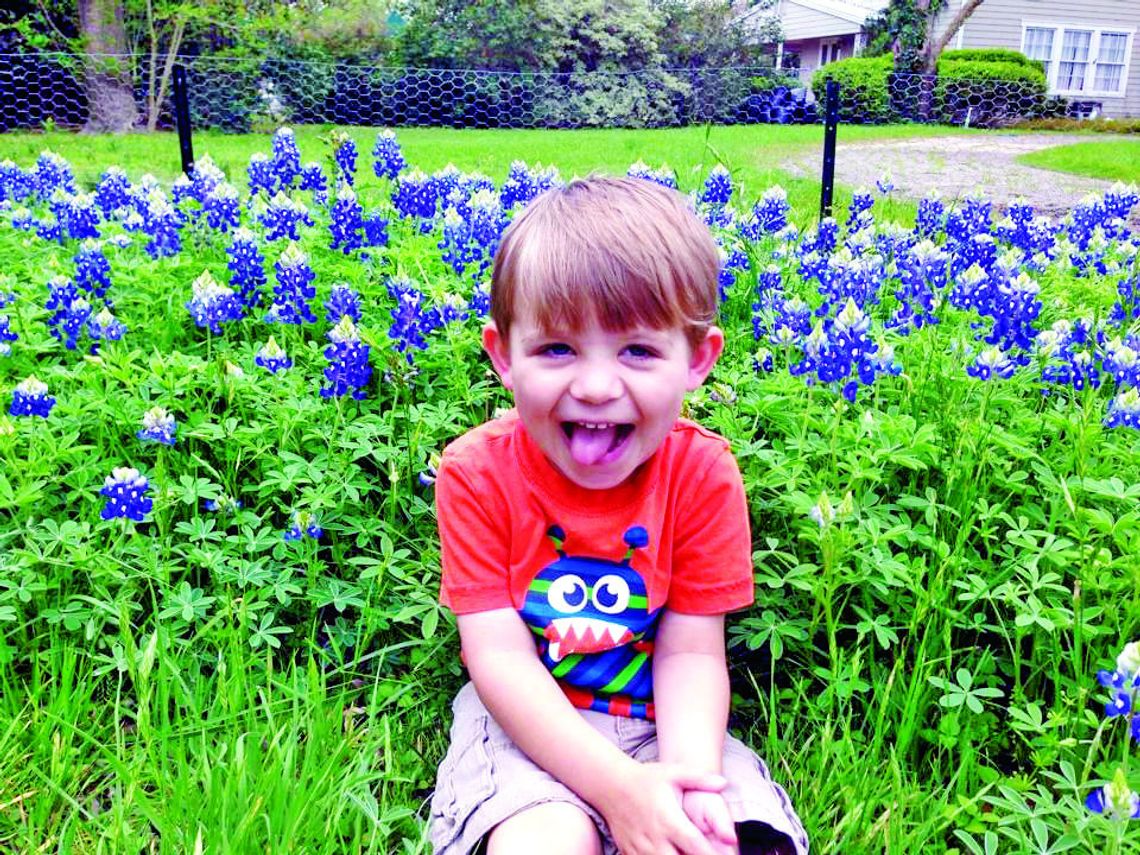Now that it’s fall, it’s officially the best planting season in Central Texas since we can plant pretty much everything now. It’s the perfect time for planting trees, shrubs and perennial plants because there is just enough time for them to establish a strong root system before winter dormancy. When spring arrives, your new plants will then focus on growing stems, leaves and flowers.
Fall is also the planting season for spring blooming wildflowers. If you want bluebonnets, red corn poppies, orange paintbrushes, coneflowers, winecups or any of the other native Texas wildflowers, you need to sow these seeds before Thanksgiving. Many of these spring blooming wildflowers don’t transplant well and need to be grown from seed. Seeds are a much better value especially when you want to grow in mass quantities for visual impact. Just like all other plants, wildflowers need the right conditions to grow. Having a pretty, little wildflower patch isn’t as simple as tossing a packet of seeds in the grass. Lawns and wildflowers don’t really go together. The traditional turf grasses send out runners that spread horizontally and grow short blades of grass. They grow thick and dense like a mat. Delicate wildflowers aren’t able to thrive in a lawn.
Bermuda, St. Augustine and Zoysia can grow so thick that they will choke out other plants.
With a little effort, you can have a nice wildflower patch in your yard. Site selection and soil preparation are keys to success. Wildflowers need full sun, so select a location that gets 6-8 hours of direct sunlight. If there isn’t sufficient rainfall, you will need to water your wildflower patch throughout the fall and winter. Wildflowers do not like soggy soil, so select a site that is also well draining. Remove any grass and loosen the top two inches of soil before sowing your seeds. This is a good time to add a layer of fresh compost.
Measure your wildflower patch and determine how much seed you need to purchase. It may be a better value to buy in bulk. There are several online and mail order sources for bulk quantities. You may want to research the germination rate, some plants have lower rates and you might want to purchase more seed. If you get more seedlings than you expected, you can always thin them out.
Some wildflower seeds are very tiny and hard to spread evenly.
To make it easier, mix the seeds with some sand. You can put the sand and the seeds in a broadcast spreader or a large shaker and spread them over your planting area.
Gently press the seeds onto the ground so they are firmly in contact with the soil.
They will get water and nutrients from the ground even if they are not covered with dirt. Carefully walk over your patch or press firmly over the seeds. The weight will be enough pressure to have good seed to soil contact.
Water your seeds with a fine sprinkler but be very gentle so you don’t inadvertently wash away your seeds. Just enough to moisten the ground.
Growing bluebonnets
Bluebonnets are very hard and have thick seed coats. Soak them overnight to soften the seed coat and encourage germination.
Wildflowers don’t need to grow in a meadow-style environment, you can plant Texas wildflower seeds in an existing bed. This is a great option if you don’t plan on growing anything over the fall or winter. There are no rules about growing bluebonnets in your vegetable beds. So if you want to, do it! Clean your beds and amend with fresh compost just as you would if you were sowing in the ground.
Native wildflowers don’t need much more once they get established. They will not need to be fertilized if you provide them with a sunny location and compost at planting.
With 25 years of backyard gardening experience, Julie is a plant and nature enthusiast.
She lives in Taylor and hosts the “Plow & Hose Organic Gardening in Central Texas” podcast and radio show that airs on KBSR, Black Sparrow Radio every Saturday and Sunday at 9 am.





